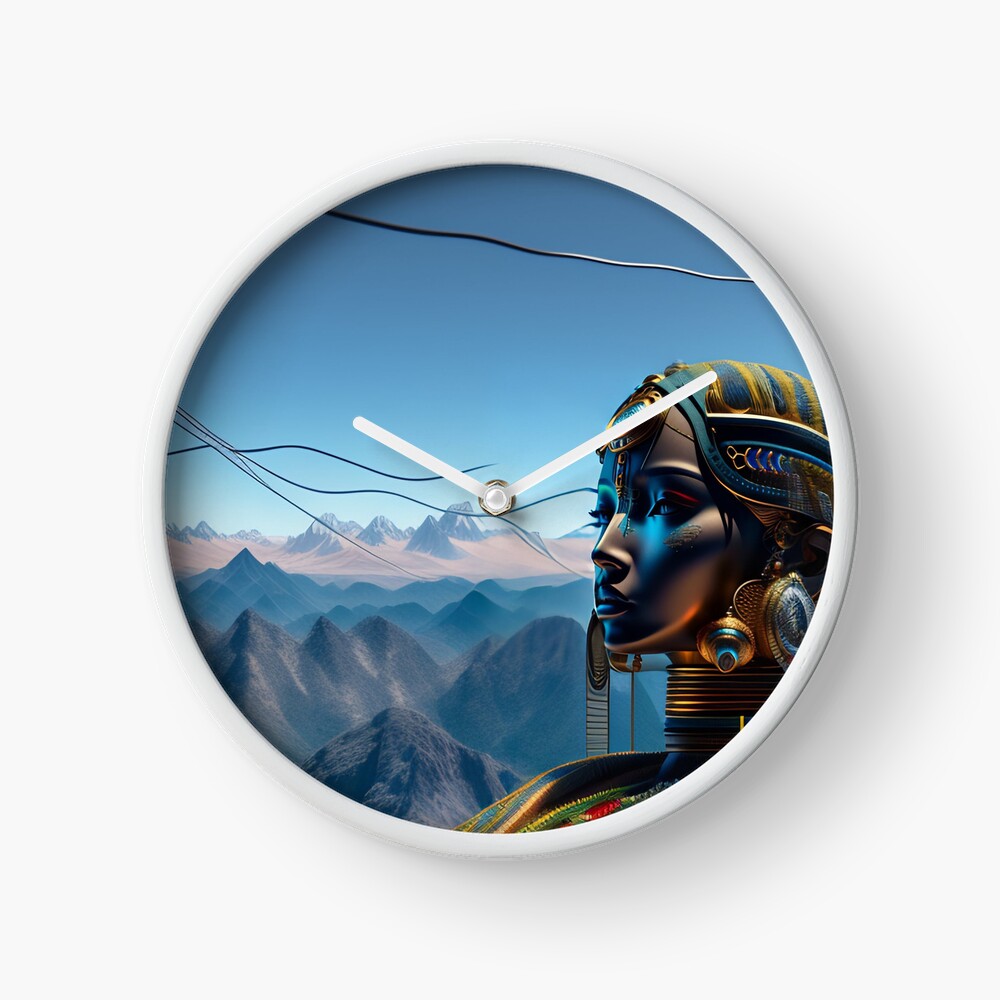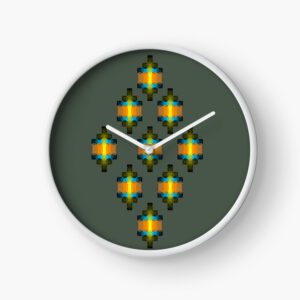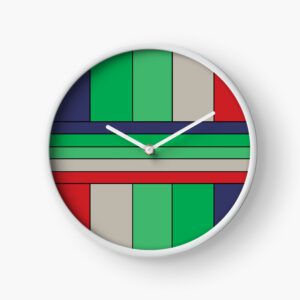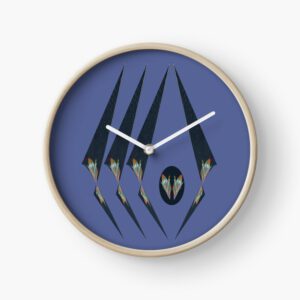Description
ERSHA DESIGN Queen of the Andes, clock.
Metal hands in black, white, red or blue.
Bamboo wood frame in black, white, or natural finish.
More Features
It’s always art o’clock when your clock is a work of art
Printed polypropylene face made for you when you order
Quartz clock mechanism for accurate timekeeping
Clear plexiglass lens
Built-in rear hook, ready to hang
AA battery not included
Queen of the Andes
AI made design based on pictures we made near the Titicaca lake in Puno Peru. The Inca civilization, which thrived in South America from the 13th to the 16th centuries, did not have a formal system of queens. The Inca society was structured as a monarchy with the ruler known as the Sapa Inca or Emperor, who held absolute power and was considered divine. The Sapa Inca was male and was believed to be the son of the Sun God Inti. While the Inca society was highly stratified and had a strict social hierarchy, there is no historical evidence of a specific role or title of a queen in the Inca civilization. The Sapa Inca had multiple wives, who were considered consorts and could hold some influence and power within the royal court. However, they did not have the same authority or status as the Sapa Inca. It’s worth noting that Inca society was highly patriarchal, and women’s roles were generally limited to domestic and reproductive duties. Women in the Inca civilization were often involved in weaving and textile production, as well as being responsible for the household and raising children. However, they did not hold positions of political power or authority equivalent to that of the Sapa Inca. So, while there were no queens in the traditional sense in the Inca civilization, women did play important roles in the society, albeit with limited political power. The notion of an “Inca queen” is not historically accurate based on our understanding of the Inca civilization. However, it’s important to note that historical records about the Inca civilization are limited, and our understanding is based on archaeological and anthropological research, as well as accounts from Spanish colonizers who encountered the Inca civilization. Therefore, there may be gaps in our knowledge of Inca society and its historical figures. But based on the available evidence, there is no specific mention of an Inca queen.





